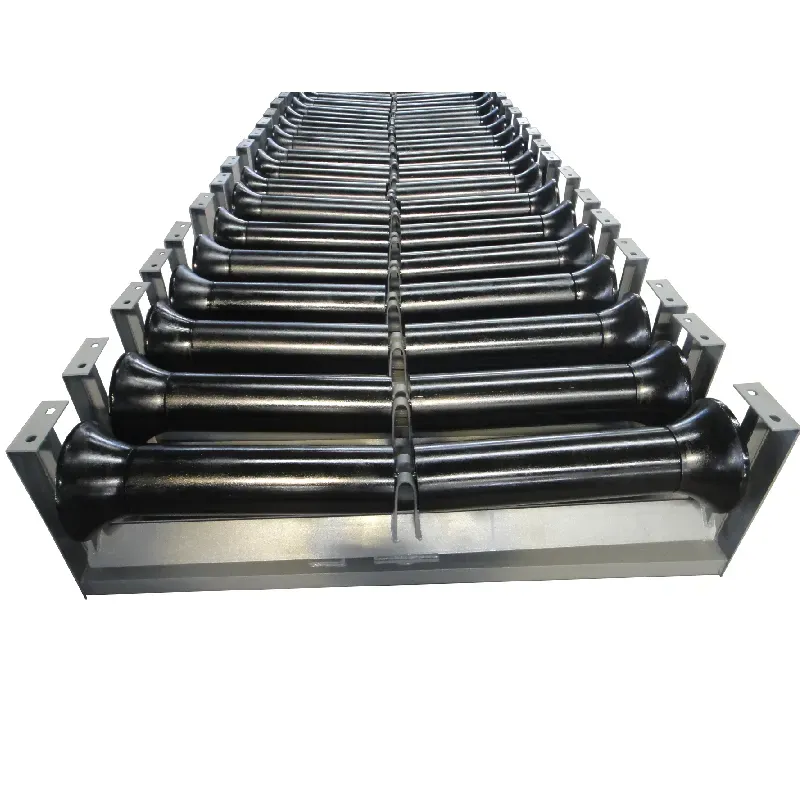 Afrikaans
Afrikaans  Albanian
Albanian  Amharic
Amharic  Arabic
Arabic  Armenian
Armenian  Azerbaijani
Azerbaijani  Basque
Basque  Belarusian
Belarusian  Bengali
Bengali  Bosnian
Bosnian  Bulgarian
Bulgarian  Catalan
Catalan  Cebuano
Cebuano  Corsican
Corsican  Croatian
Croatian  Czech
Czech  Danish
Danish  Dutch
Dutch  English
English  Esperanto
Esperanto  Estonian
Estonian  Finnish
Finnish  French
French  Frisian
Frisian  Galician
Galician  Georgian
Georgian  German
German  Greek
Greek  Gujarati
Gujarati  Haitian Creole
Haitian Creole  hausa
hausa  hawaiian
hawaiian  Hebrew
Hebrew  Hindi
Hindi  Miao
Miao  Hungarian
Hungarian  Icelandic
Icelandic  igbo
igbo  Indonesian
Indonesian  irish
irish  Italian
Italian  Japanese
Japanese  Javanese
Javanese  Kannada
Kannada  kazakh
kazakh  Khmer
Khmer  Rwandese
Rwandese  Korean
Korean  Kurdish
Kurdish  Kyrgyz
Kyrgyz  Lao
Lao  Latin
Latin  Latvian
Latvian  Lithuanian
Lithuanian  Luxembourgish
Luxembourgish  Macedonian
Macedonian  Malgashi
Malgashi  Malay
Malay  Malayalam
Malayalam  Maltese
Maltese  Maori
Maori  Marathi
Marathi  Mongolian
Mongolian  Myanmar
Myanmar  Nepali
Nepali  Norwegian
Norwegian  Norwegian
Norwegian  Occitan
Occitan  Pashto
Pashto  Persian
Persian  Polish
Polish  Portuguese
Portuguese  Punjabi
Punjabi  Romanian
Romanian  Russian
Russian  Samoan
Samoan  Scottish Gaelic
Scottish Gaelic  Serbian
Serbian  Sesotho
Sesotho  Shona
Shona  Sindhi
Sindhi  Sinhala
Sinhala  Slovak
Slovak  Slovenian
Slovenian  Somali
Somali  Spanish
Spanish  Sundanese
Sundanese  Swahili
Swahili  Swedish
Swedish  Tagalog
Tagalog  Tajik
Tajik  Tamil
Tamil  Tatar
Tatar  Telugu
Telugu  Thai
Thai  Turkish
Turkish  Turkmen
Turkmen  Ukrainian
Ukrainian  Urdu
Urdu  Uighur
Uighur  Uzbek
Uzbek  Vietnamese
Vietnamese  Welsh
Welsh  Bantu
Bantu  Yiddish
Yiddish  Yoruba
Yoruba  Zulu
Zulu conveyor idlers
Understanding Conveyor Idlers An Essential Component in Material Handling
Conveyor systems are at the heart of many industrial operations, facilitating the efficient movement of materials across various stages of production, packaging, and distribution. One of the critical components within these systems is the conveyor idler. Although often overlooked, idlers play a significant role in ensuring that conveyor belts operate smoothly and effectively.
What Are Conveyor Idlers?
Conveyor idlers are cylindrical rollers that support the bulk of the weight of the conveyor belt and the materials being transported. They are strategically placed along the length of the conveyor system and can vary in size, shape, and configuration based on the specific requirements of the application. Typically mounted on frames, idlers reduce friction between the conveyor belt and the components, thereby minimizing wear and tear on the belt while also enhancing operational efficiency.
Types of Conveyor Idlers
There are several types of conveyor idlers, each designed to serve specific functions
1. Carrying Idlers These are primarily responsible for supporting the weight of the conveyed materials. They are usually found in the middle sections of a conveyor belt and are designed to minimize friction while providing maximum support.
2. Return Idlers Located on the return side of the conveyor, these idlers help in guiding the belt back to the loading point. They ensure that the belt remains in alignment, preventing misalignment that could lead to premature wear.
3. Impact Idlers Positioned at loading points where material falls onto the conveyor belt, impact idlers absorb the shock and cushion the load. This prevents damage to the belt and other components by mitigating the impact forces that occur during loading.
conveyor idlers

4. Training Idlers These are designed to keep the conveyor belt properly aligned. Misalignment can lead to excessive wear and loss of efficiency, making training idlers vital for the longevity of the belt.
5. Self-Aligning Idlers Similar to training idlers, these utilize a mechanism that allows them to automatically adjust and keep the belt centered, ensuring smooth operation even in challenging conditions.
The Importance of Conveyor Idlers
The significance of conveyor idlers cannot be understated. One of their primary functions is to reduce friction between the conveyor belt and the idlers, which is crucial for the smooth operation of the system. By minimizing friction, idlers contribute to extending the lifespan of both the conveyor belt and the overall system.
Moreover, idlers also play a vital role in load distribution. When materials are conveyed, the weight needs to be evenly spread across the belt to avoid stress points that could lead to potential belt failure. Idlers help maintain this balance and ensure that the conveyor operates efficiently.
Maintenance and Upkeep
Regular maintenance of conveyor idlers is essential for ensuring their longevity and optimal performance. This includes routine inspections for wear and tear, ensuring that they are properly lubricated, and checking for any misalignments. Keeping idlers clean and free of debris can also enhance their effectiveness, promoting uninterrupted operation.
Conclusion
In conclusion, conveyor idlers may seem like a minor component within the larger conveyor system, but their impact on overall efficiency and performance is substantial. As industries continue to evolve, so too does the technology behind conveyor systems and their components. Understanding the various types and functions of conveyor idlers is crucial for operators looking to maintain smooth and effective material handling processes. Whether it’s in manufacturing, mining, or logistics, the proper functioning of conveyor idlers is integral to the success of the operation. By investing in high-quality idlers and ensuring regular maintenance, businesses can enhance productivity, reduce downtime, and prolong the lifespan of their conveyor systems.
-
Revolutionizing Conveyor Reliability with Advanced Rubber Lagging PulleysNewsJul.22,2025
-
Powering Precision and Durability with Expert Manufacturers of Conveyor ComponentsNewsJul.22,2025
-
Optimizing Conveyor Systems with Advanced Conveyor AccessoriesNewsJul.22,2025
-
Maximize Conveyor Efficiency with Quality Conveyor Idler PulleysNewsJul.22,2025
-
Future-Proof Your Conveyor System with High-Performance Polyurethane RollerNewsJul.22,2025
-
Driving Efficiency Forward with Quality Idlers and RollersNewsJul.22,2025





























